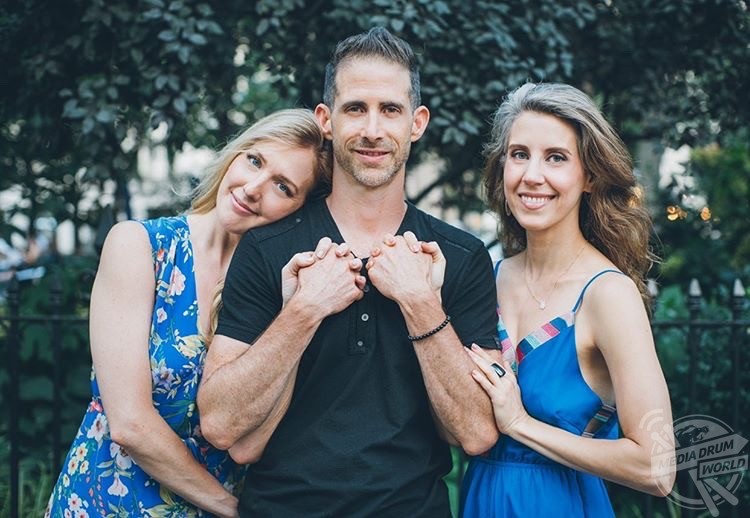
By Kate Harrold
THIS MAN ended his marriage of NINETEEN YEARS after a TV SHOW inspired him to create a polyamorous triad – which he now plans to turn into a ‘Love Tribe’ after admitting he’s lost track of how many monogamists he’s converted.
Entrepreneur, Shai Fishman (46) from Newtown, Pennsylvania, USA, is a passionate advocate of living an ethical non-monogamous lifestyle – more commonly known as polyamory. Distinctly different from the ‘swinger’ lifestyle, polyamory places an emphasis on having multiple committed, emotional relationships.
Shai had been married to his previous wife Danielle (42) for 13 years when he came across two TV shows titled Big Love & Polyamory and Married and Dating. Having always struggled with the idea that he was only ‘permitted’ to express romantic affection for one person, these resources prompted Shai to explore the idea of having an open relationship.
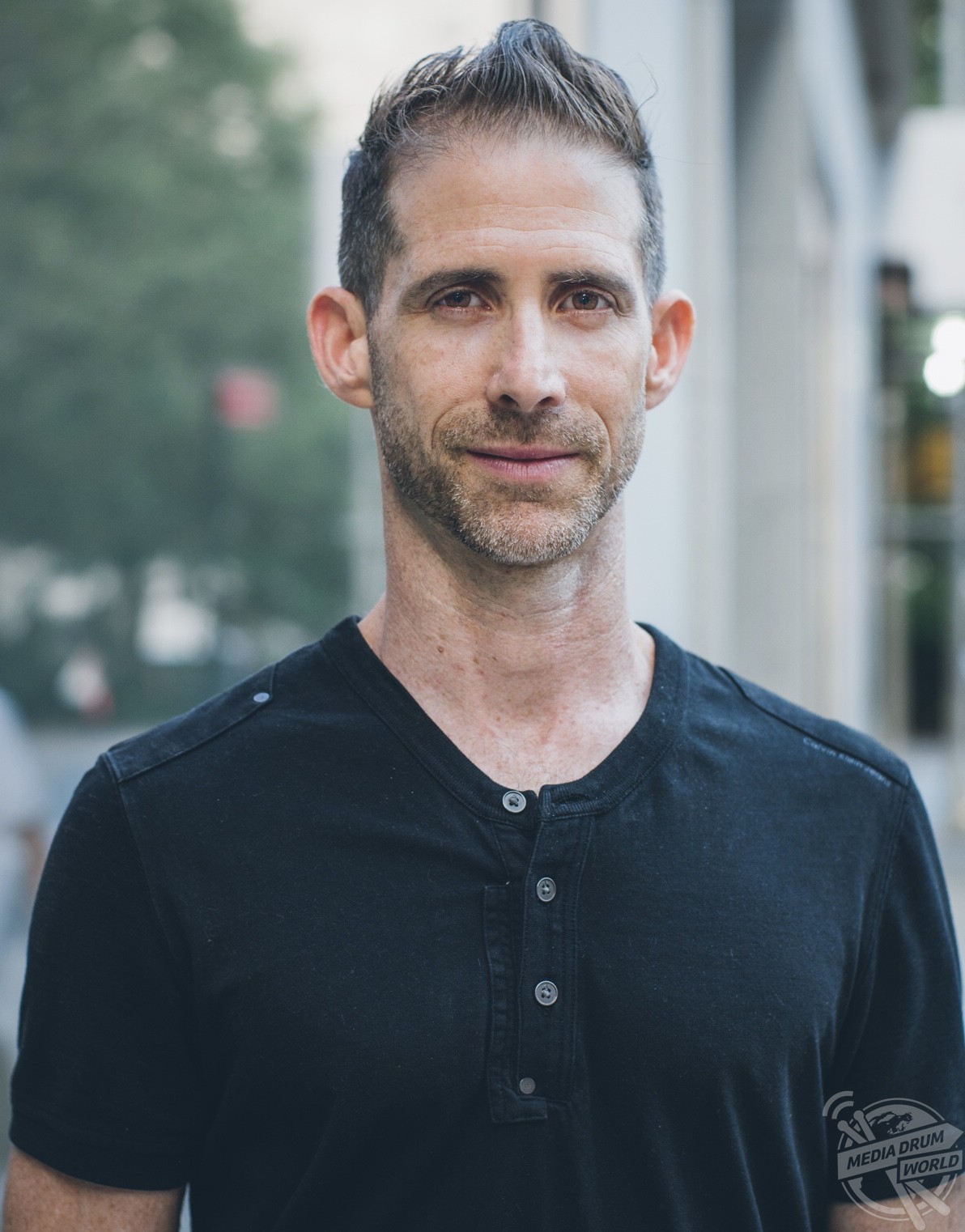
He soon discovered that in his current monogamous relationship, he wasn’t meeting all of the six core human needs: to feel loved, safe, and significant, and to have variety, growth, and service. Shai felt the very nature of monogamy prevented him from achieving variety, growth, and service.
After six years and several tense conversations, Shai and Danielle decided to give polyamory a go but after seven-months, Danielle struggled with the emotional demands of the relationship. Unlike Shai, Danielle did not want to share the nature of their relationship with the couple’s children – and the pair separated in 2014.
In 2016, Shai met his current partners Lea (40) and Krissy (41) on an online dating site. Surprisingly, both Lea and Krissy listed themselves as being monogamous and even indicated ‘polyamory not for me’ on their profiles, but this hasn’t stopped Shai from exploring connections or opening the ‘monogamous eyes’ of women he’s dated.
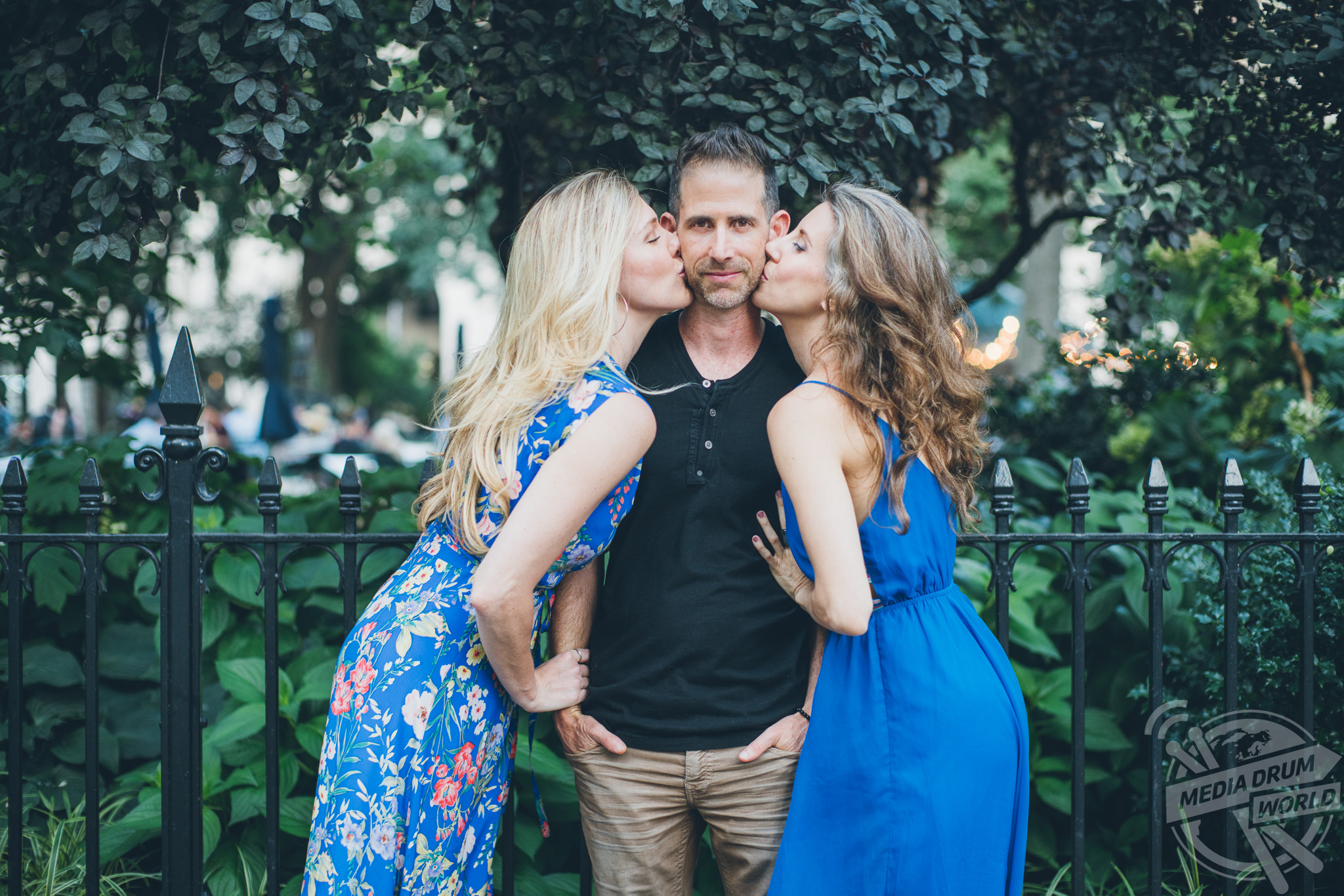
Shai, Lea, and Krissy have an open relationship but for the most part, their core triad forms the basis of their commitment but each person has other ‘connection-ships’ with external partners both emotionally and sexually.
Lea also shares Shai’s passion to advocate for relationship freedom and together, they’ve created the online community, Leveled Up Love. This active Facebook group connects over 4400 poly-curious people from across the world.
For Shai, sharing his relationship in public can be a form of advocacy. The triad have never received any rude comments but they do notice the odd stare if they publicly display affection. However, Shai believes that sprinkling awareness of polyamorous relationships in public is what will eventually earn ethical non-monogamy ‘a legitimised seat at the table.’

Danielle has not re-entered a relationship with Shai since the divorce, but she does now live in a dwelling on Shai, Lea, and Krissy’s shared property along with her partner and three children. A personal aim of Shai’s is to continue to build upon this tribe mentality – inviting in more of both male and female partners.
“I subscribe to the Tony Robbins philosophy that we can all measure our life fulfilment based on six core human needs that either get met or don’t,” Shai said.
“These are feeling safe, significant, loved, and also having variety, growth, and service. Whilst my marriage with Danielle might’ve seemed perfect by other people’s standards, I was only getting the needs of safety, significance, and love.
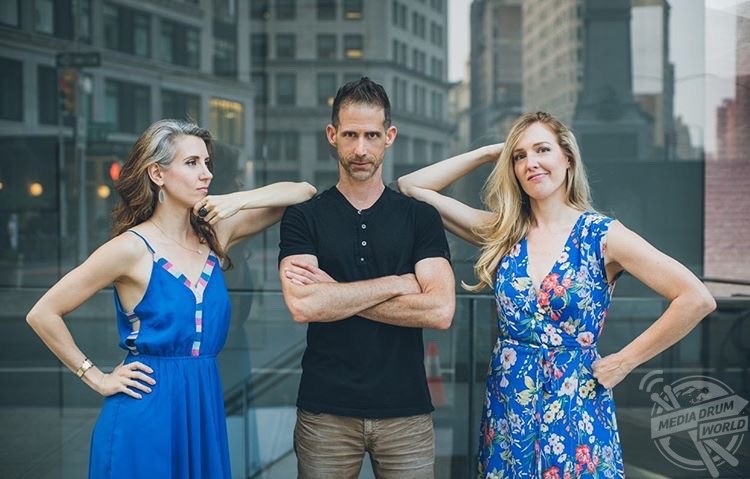
“This is an all too common consequence of only having one option for loving which is ‘monogamy by default.’ Most people don’t realise there’s another option on the menu.
“We were together for around nineteen years and things changed around thirteen years into our marriage.
“I’d always had questions around monogamy and being with one person. Then I saw the shows Big Love & Polyamory and Married and Dating, and read a few books. These gave me a whole new perspective and an appetite to learn more about ethical non-monogamy.
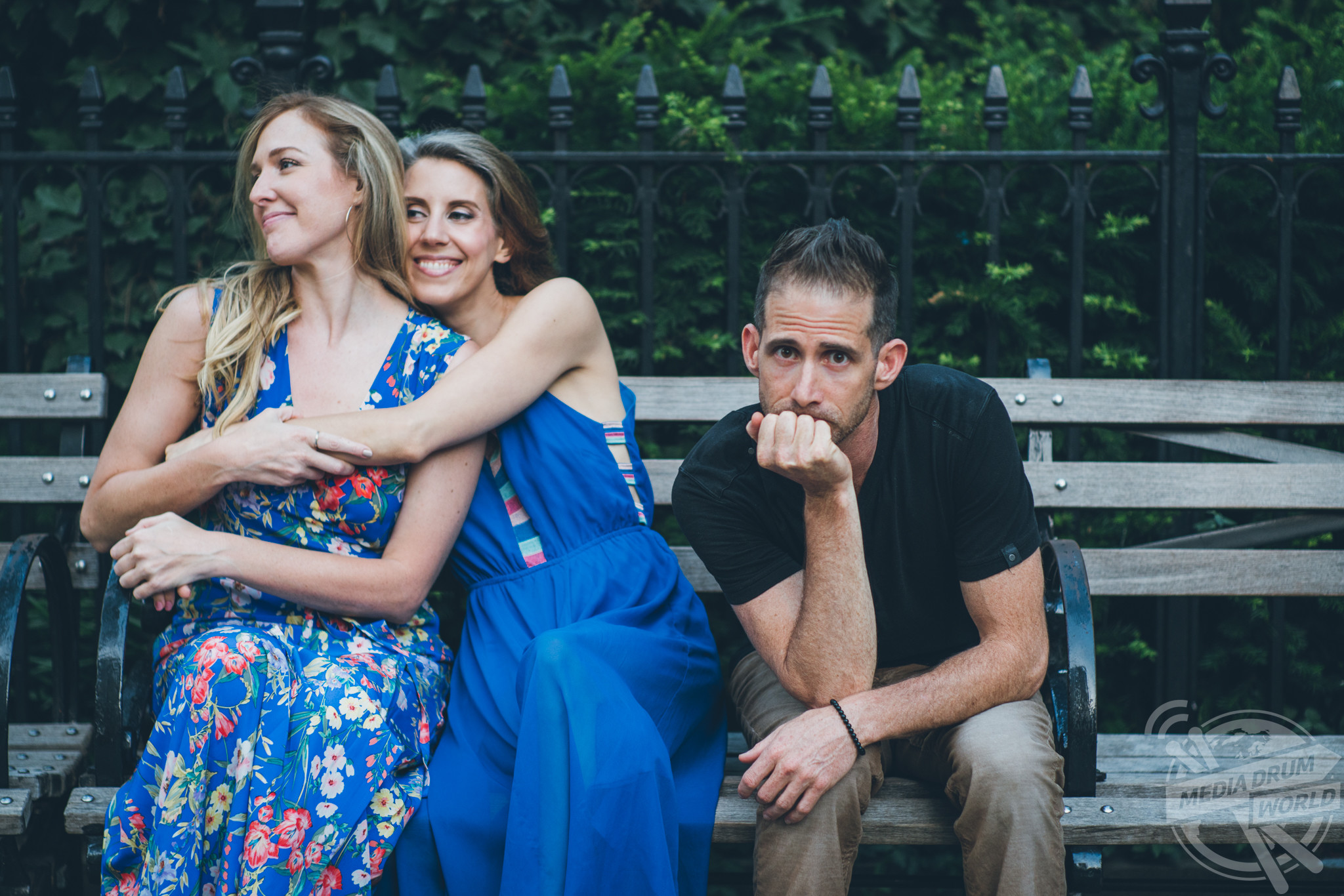
“Those shows and books led to an intense six-year conversation as it’s something Danielle wasn’t interested in exploring at first. About three years into that conversation, we began to explore the outskirts of polyamory.
“It was important to me that Danielle understand the benefits, and so after an experience with a sexual healer, she came around and said ‘I do get it’ and she agreed to have a fully-open polyamorous marriage, but it wasn’t enough.
“Our divorce was a combination of not being equipped like we are today with tools like conscious communication and psychological frameworks.
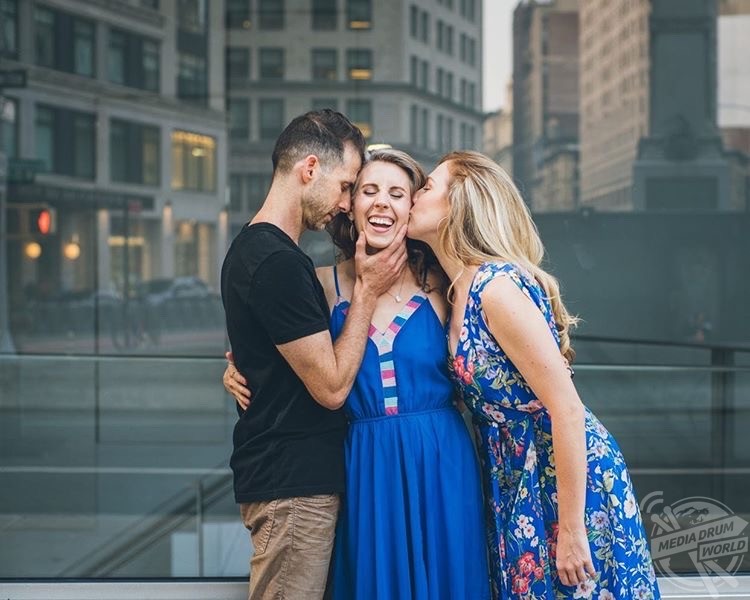
“Additionally and against my wishes, Danielle decided to keep the notion of polyamory a secret from the kids. That was a lot of weight hearing questions like ‘where’s mum or dad going,’ without being able to give an honest answer.
“I would’ve preferred to have let them know in a proper way. Also, the new relationship energy with her partner, Mike, also meant some of our open marriage agreements were broken like our ‘no other partner sleeps over without consent’ rule.
“Danielle was challenged emotionally and she asked for a divorce seven months into our open marriage.”
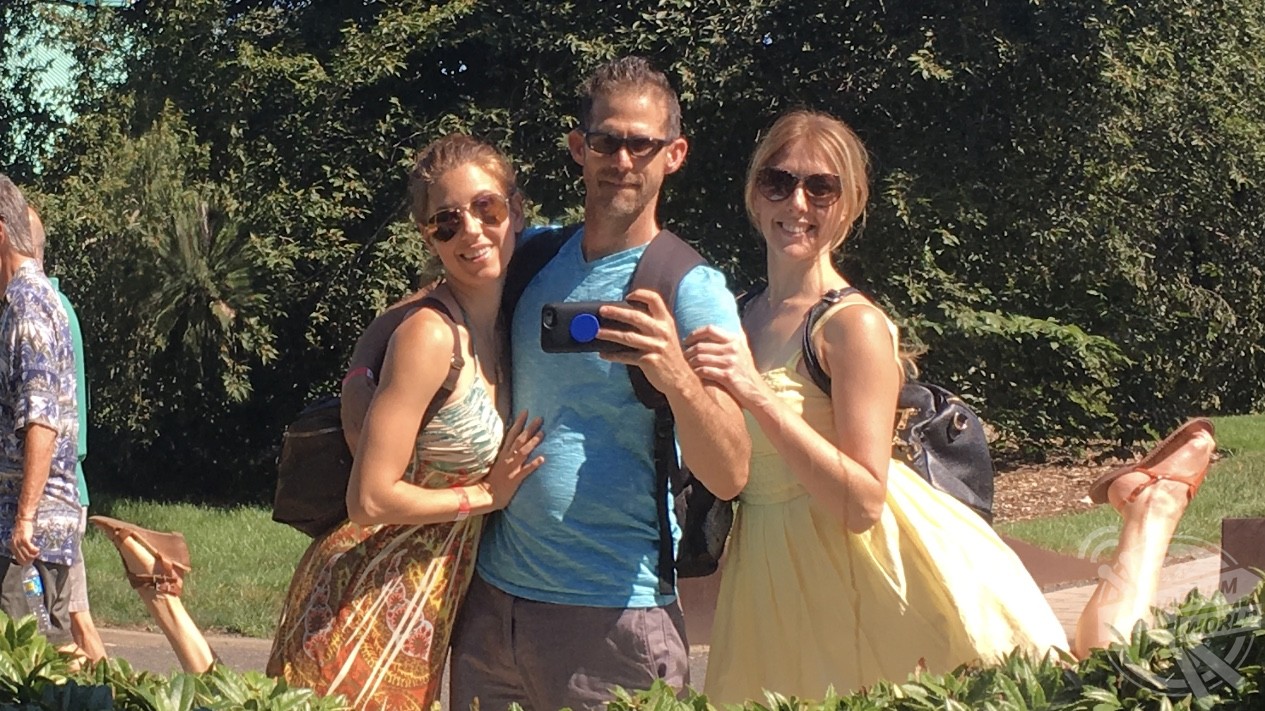
Shai met Lea and Krissy shortly after this.
“I believe Lea had mismatched values with her ex-husband and I think there were also feelings for other people which her marriage didn’t allow her to explore,” Shai said.
“I met Krissy five months after meeting Lea – both on a dating site. They both listed themselves as monogamous and ticked ‘polyamory not for me’ but I don’t let that stop me from connecting. You never know how open-minded someone may be.
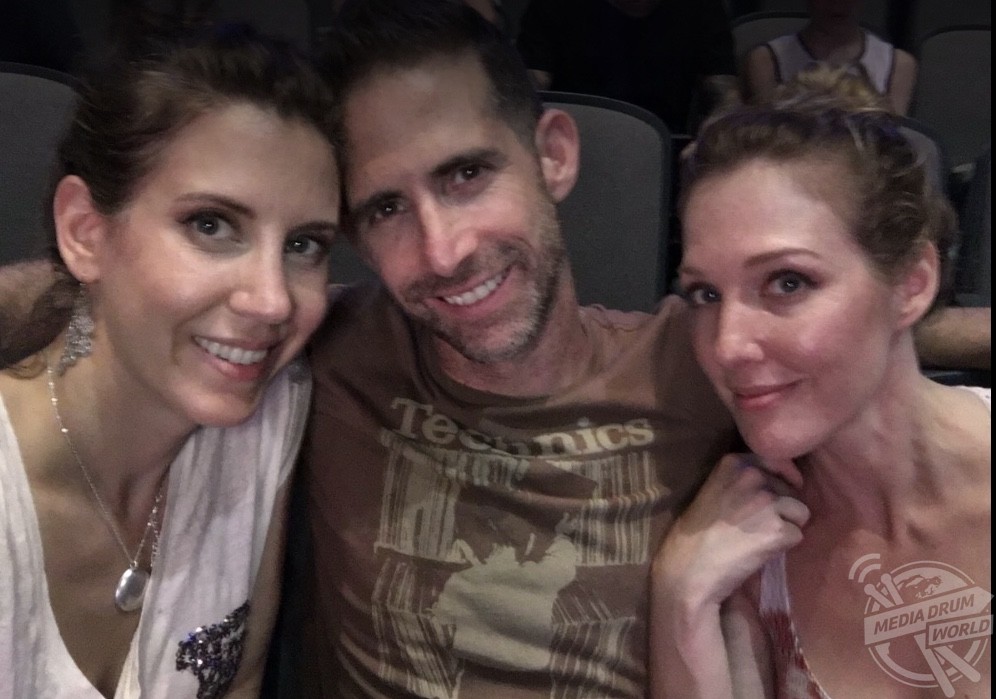
“In fact, I’ve probably dated more monogamous women than I can count and I’ve had many conversations and minds opened. If the majority of monogamous relationships fail, people inevitably have questions so they say let’s look at this other option.
“Our triad dynamics ebb and flow. We have times where we focus on each other and times when we pull back. There’s an overarching commitment to each other as a family.
“There are also times when they have partners – I’d call them connections. Neither of them have had a long-term partner yet. We refer to them as ‘connection-ships’ which is somewhere between a one-off and a committed relationship.
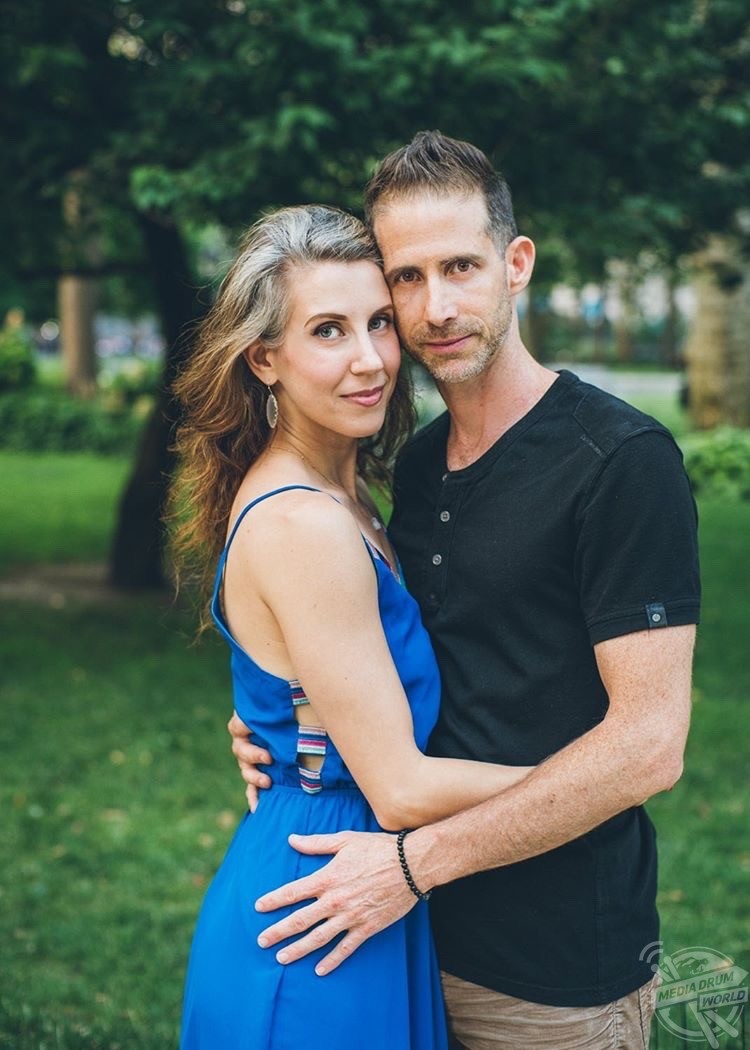
“Going back to Danielle, once she’d asked for the divorce, I asked if she and her boyfriend, Mike, would move in alongside my girlfriend and for a time, we ended up having four adults and four kids living in a kind of tribal environment – a community if you will – on the same property.
“This is something I’d like to explore more of. Personally, there’s a deep desire to build a love-tribe – bringing in more female and male partners.
“When it comes to growth, polyamory has allowed me to grow exponentially both emotionally, erotically, spiritually, professionally, and I’ve had the opportunity to be in service to more people.
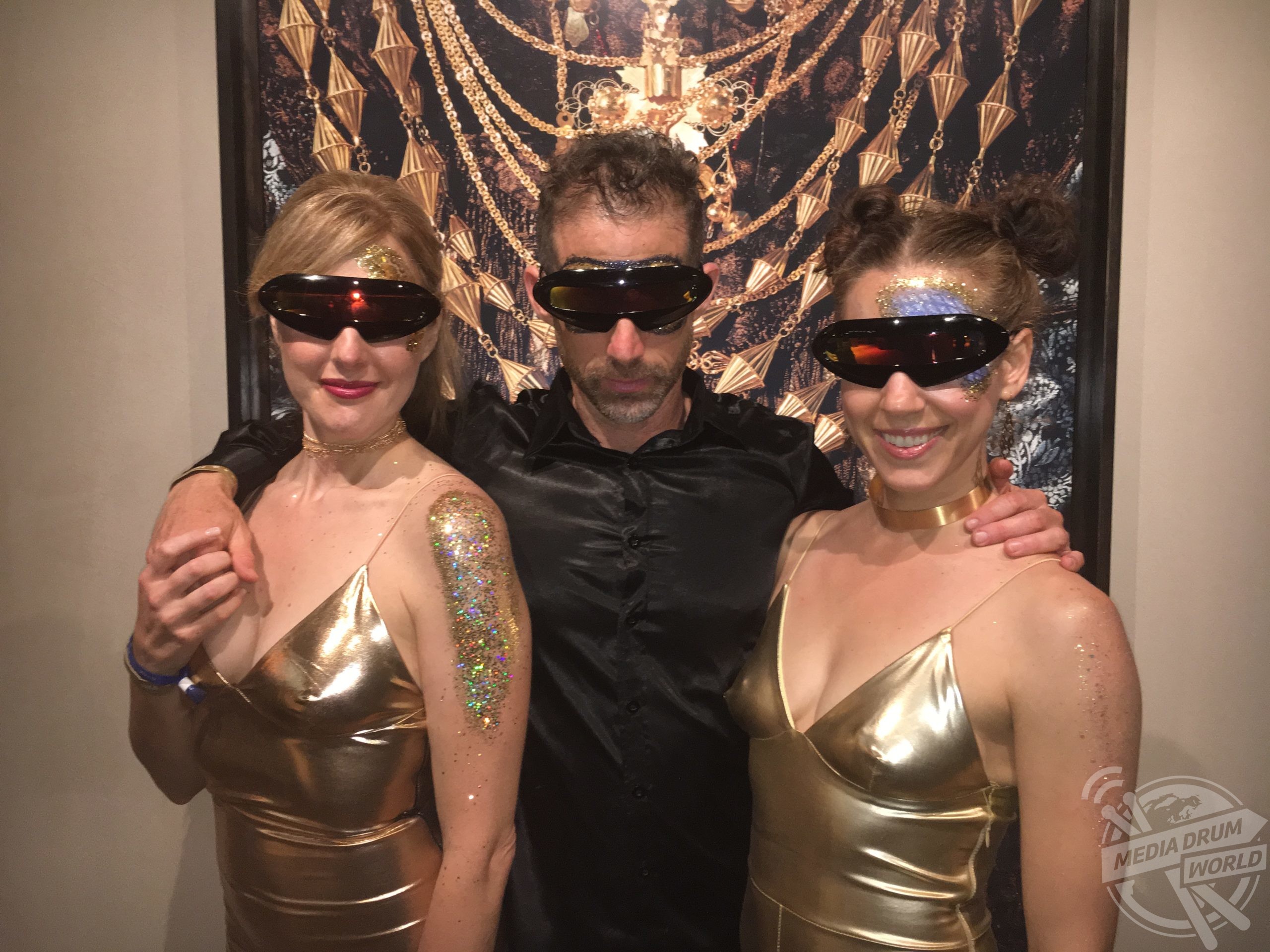
“I just want that to have a seat at the table in terms of discussing how people can find happiness in open relationships.”
Shortly following his divorce with Danielle, Shai explained the concept of polyamory to his children but just like his community, friends, and other members of his family, his children were nothing but accepting.
“I’m very open with the kids now. After we got divorced, I explained the concept of polyamory and alternative relationships and said this is what your dad is,” Shai said.
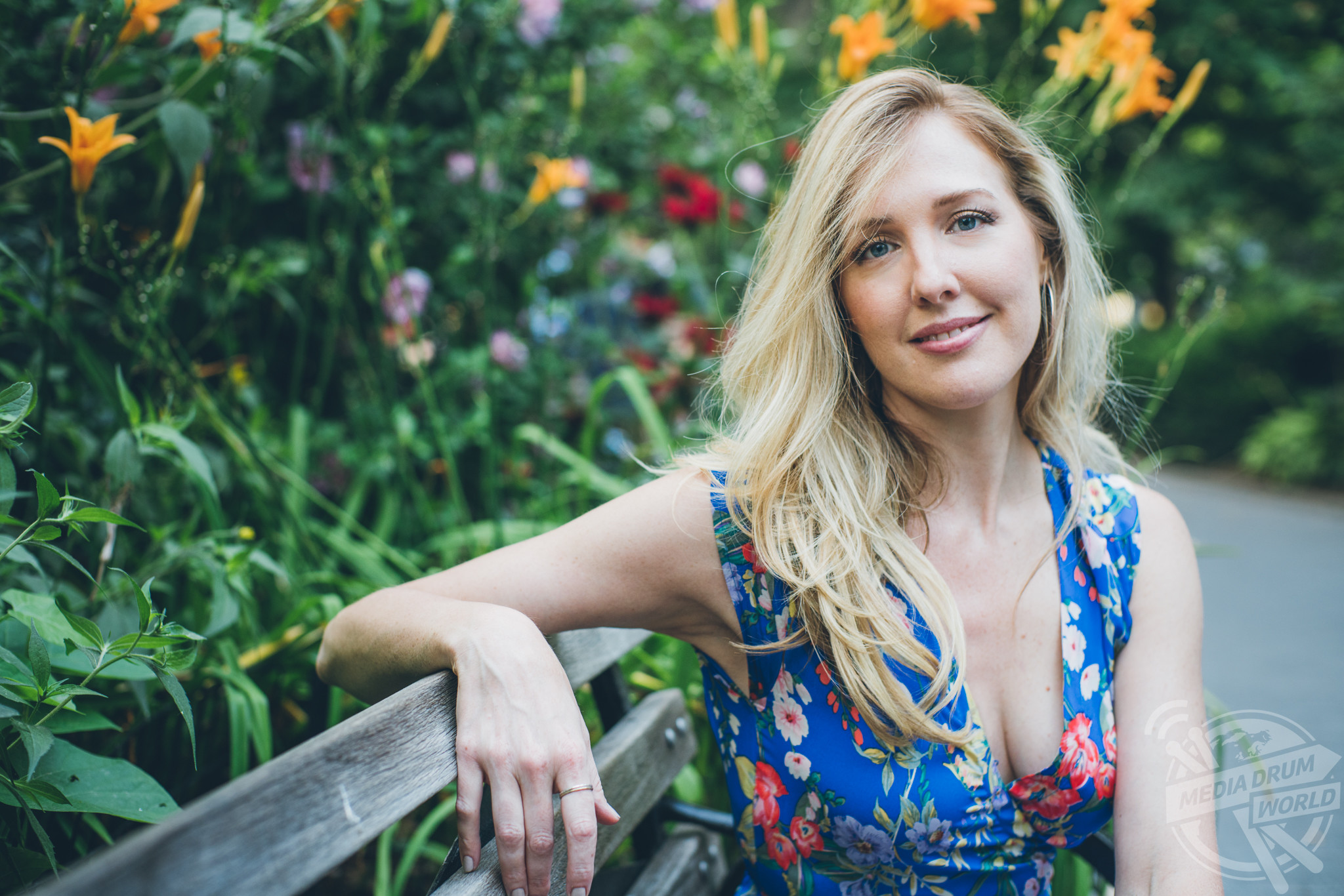
“It just became their new normal. There are moments when they worry about what their friends might think but everyone’s been nothing but accepting in our neighbourhood.
“In promoting our Facebook community, Leveled Up Love, every so often you get online comments that say what we’re doing is wrong but that’s fine because you’re dealing with the masses.
“Our family and friends have been accepting and in terms of being out in public, we’re not overly affectionate but when we are, we get stares, but nobody says anything.
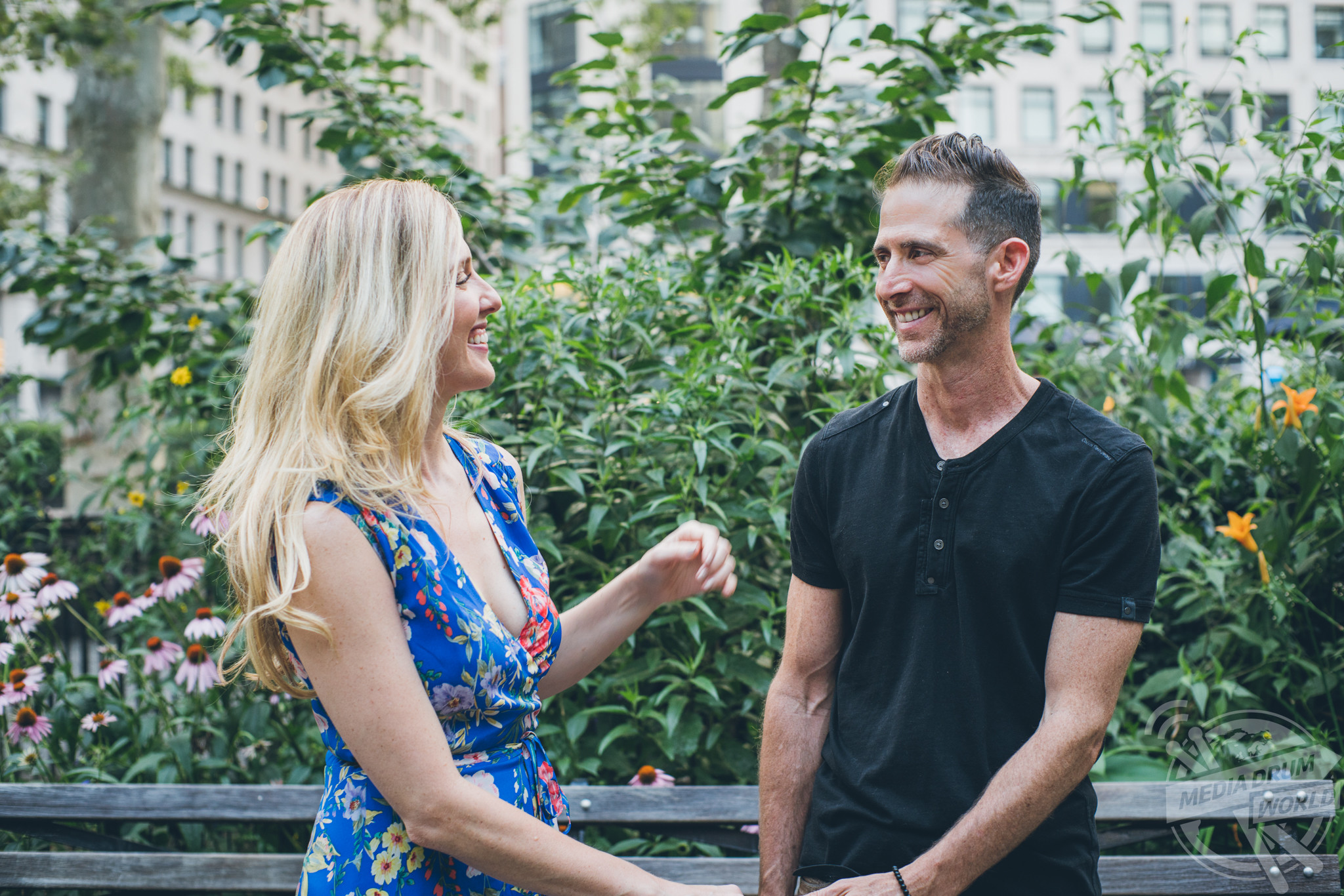
“We have our community because we want conscious, consensual non-monogamy to have a seat at the table and we’re okay with sprinkling that awareness in public.
“I think the argument of monogamy vs polyamory is often too simplified considering how complex those ideas are. Comparing them isn’t terribly useful. Instead, it’s more about which relationship strategies help people meet their core human needs and find happiness.
“People need to have those conversations and check in with their partner or partners – to see if they’re getting the freedom, growth, healing, and opportunities to be in service that they desire.”






